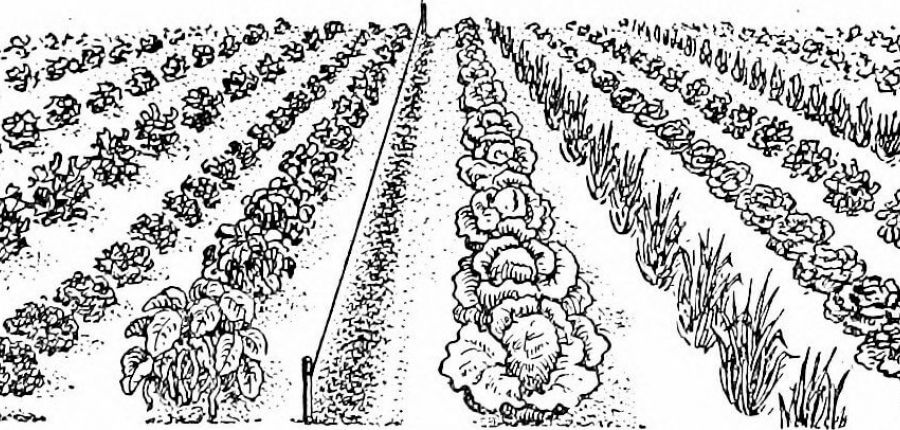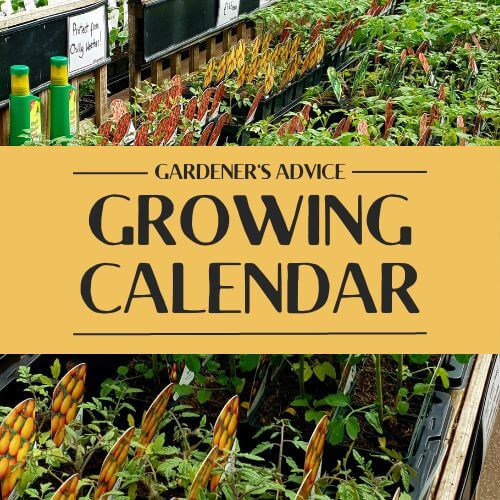Filling in the gaps
Posted By: rocket veg Category: Growing Veg, Seasonal AdviceI love this time of year on my precious allotment, especially when we’ve had a good drop of rain – plenty of that recently - to nourish the seedlings, freshen up leaves and put some much needed moisture into the soil. After a slow start following the long, cold winter and early spring, things have picked up at last: most of the seeds I sowed have germinated (although parsnips have let me down yet again!) and nearly all the plants which I brought on in my greenhouse are now outside and in the ground. Pumpkins and squash still to go…
Successful ‘kitchen gardening’ relies on order and routine, a series of tasks being carried out at more or less the right time: seeds sown, seedlings thinned out and young plants nurtured to ensure healthy, vigorous growth and an eventual crop. If you have ever visited one of the great kitchen gardens – Tyntesfield for example, very handy for Bristol garden enthusiasts – you will no doubt have been impressed by the serried ranks of vegetable plants, each identical to its neighbours, just waiting to be harvested, lettuces lifted and cabbages cut.
If like me you have a few unsightly gaps in your rows of vegetable plantlings caused by erratic germination or damage by pests of one kind and another, it’s not too late to address this problem. With a bit of care, various types of young veg plants can be lifted and replanted to fill the gaps and bring order to chaos. This is a great way of putting those ‘thinnings’ to good use.
Transplanting vegetable plants
Basically, any type of vegetable which can be raised from seed and planted out when the seedlings are strong enough (and, in some cases, the risk of frost has passed) can also be transplanted. Timing is important: when I contemplate shifting a few plants, I watch the weather forecast like a hawk and aim to move plants when the ground has had a good soaking and more rain is forecast to water the transplants in. The current weather conditions are perfect – damp soil and humid atmosphere.
The one exception to successful transplanting is Parsnip. I learnt this the hard way when I first had my allotment and used the thinned out parsnips to fill the gaps, the seedlings which I moved developing into great-looking plants with lots of foliage but only short, stubby roots when it came to harvesting them.
I have successfully transplanted various types of vegetable, including the following – leaf beet, beetroot, dwarf and climbing beans (the latter before they begin to reach upwards), peas and broad beans (I always sow a group of ten or so broad bean seeds and use the resulting plants to fill gaps in rows). Care is needed when lifting each plant, ensuring that the root system is disturbed as little as possible by using a good size trowel and seating the plant in a hole which is large enough for the purpose, then give it a good watering. Once the job’s done, it’s very satisfying to stand back and take a look along your perfect rows of plants!







